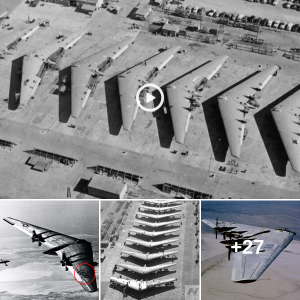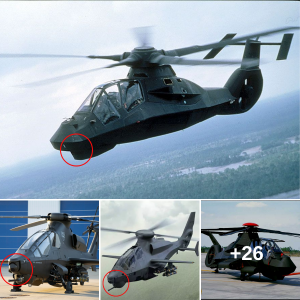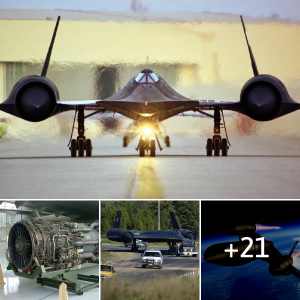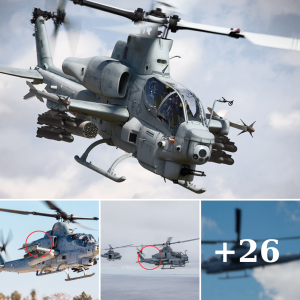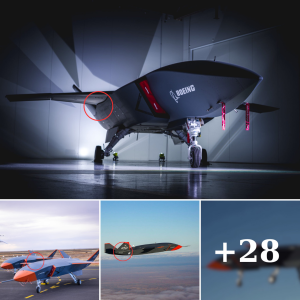The Marine Corps’ Cyber Yankee exercises are meant to simulate a cyber attack on the nation’s critical infrastructure.
During a conflict with the United States, an opponent could try to disrupt power and water supplies by knocking regional power supplies off-line or cutting off access to running water. In response to this challenge, the Marine Corps is working with National Guard units to prepare for this challenge.
The cyberwarfare exercise, called Cyber Yankee, is “a joint effort between the national guards of the New England states,” the Marine Corps explained in a statement.

“The Marine Corps’ role in this is to simulate an attacker so that the defense can clearly evaluate how they are doing,” Young added.
During Cyber Yankee, the participants were divided into red and blue teams, with the Marines acting as an attacking force and the blue team defending.

“They vary in levels of sophistication from a cyber-criminal or hacktivist that is doing nothing more than low risk access attempts that can be mitigated by very simple security controls and elevate all the way up to the most advanced threat act or using sophisticated means of initiating access with stealthy movement throughout the IT enclave and into the operational technology enclave where the critical infrastructure is located,” McAllister continued.

This latest cyberwarfare exercise comes on the heels of the U.S. Marine Corps’ latest publication, MCDP 8, which is a guide to fighting and winning the informational battle. The document laid out the importance of the informational domain and established how the Marine Corps would control the informational space.

Together, Cyber Yankee 2022 and MCDP 8 shine the spotlight on the Marine Corps’ focus on the next war—and the outsized role the information and cyber domains will play. And, as always, the United States’ force-in-readiness is preparing to fight—and to win.
